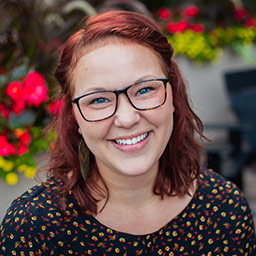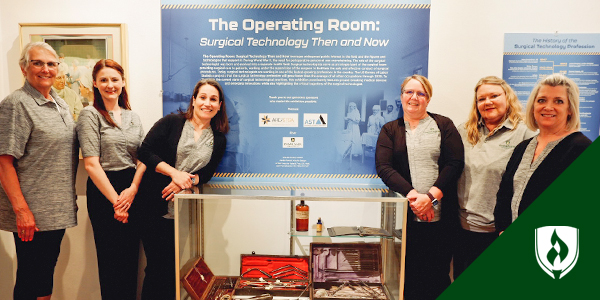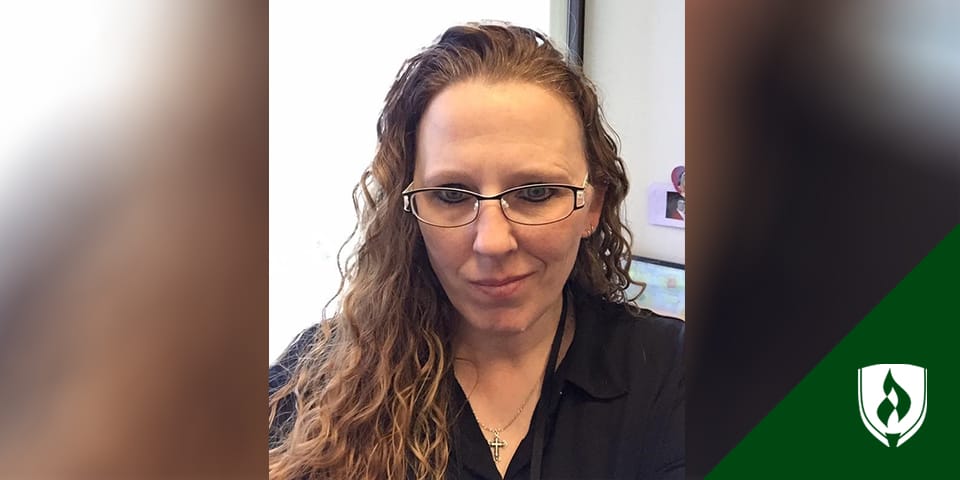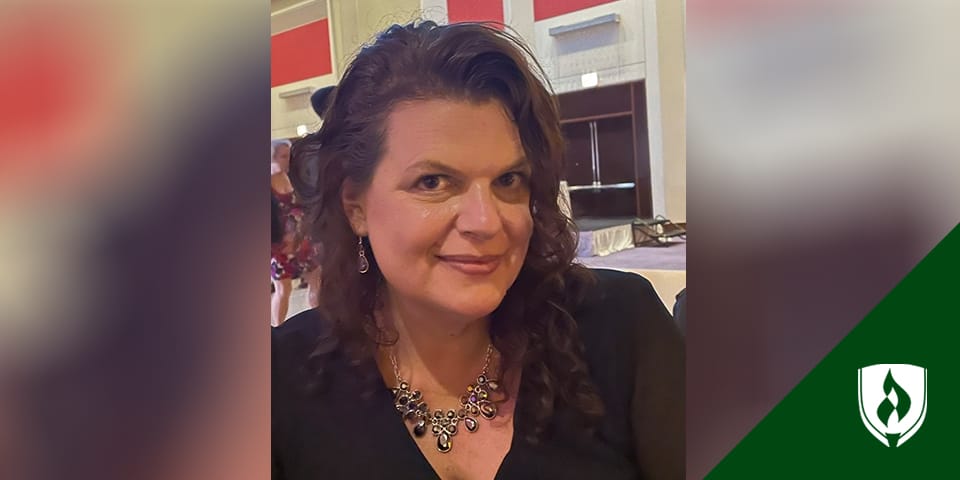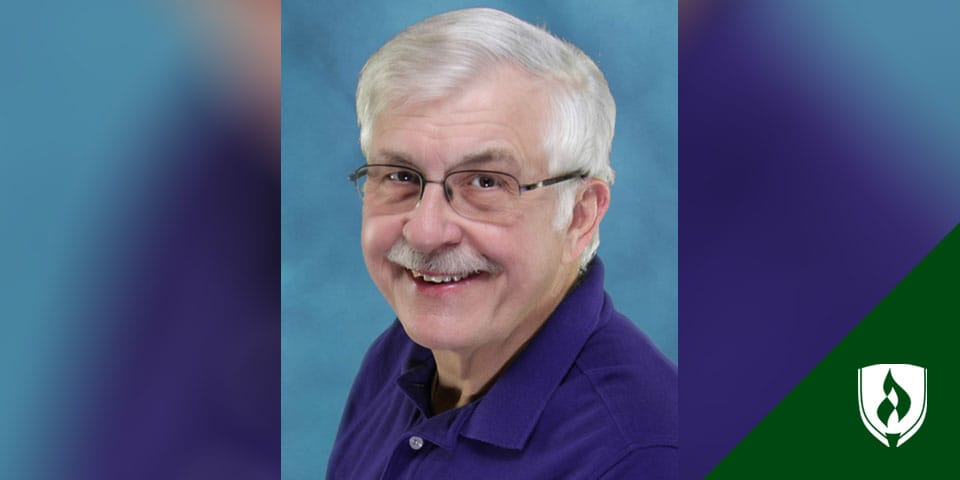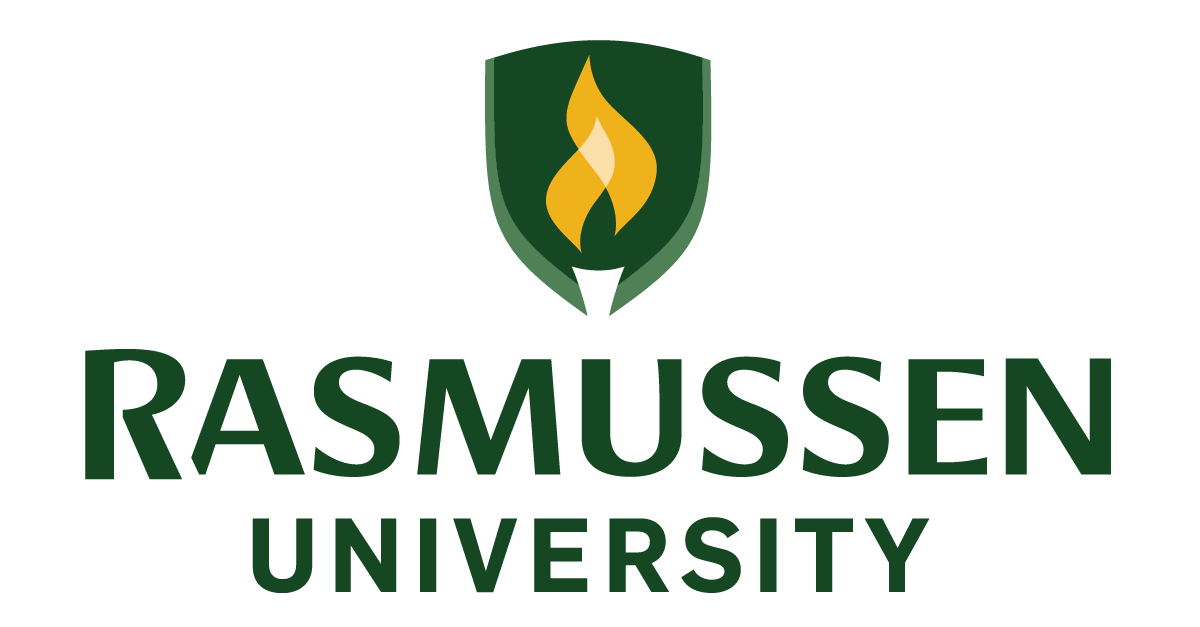Studying to work in the medical field is not for the faint of heart. Students not only have to learn terminology and conduct research, but they also have to memorize and practice procedures that they will someday have to put to use with actual patients. It’s hard work, but it holds the potential to lead you to an incredibly fulfilling career.
In fact, the job outlook for medical assistants is looking better than ever! The average growth rate for all general occupations rests at about 11 percent through 2022. The growth rate projected for medical assisting jobs over the same time period, however, is a bright and shining 29 percent, according to the Bureau of Labor Statistics.
Lauren Ramirez is the medical assisting program coordinator at Rasmussen’s Tampa/Brandon campus, and she has always made an effort to provide multiple venues of learning for her students. She employs teaching practices that are not only educational, but also engaging and fun.
This multi-dimensional teaching philosophy earned Ramirez the 2014 Master Teacher award, an annual, nation-wide contest hosted by the Accrediting Bureau of Health Education Schools (ABHES) and Elsevier, a leading provider of science and health information.
Here is her story.
Well-deserved recognition
ABHES is a non-profit organization that focuses not only on providing health education accreditation, but also on recognizing outstanding work in the field. They send out a yearly call for nominations for the Master Teacher Award to provide a formal space for that recognition. Earlier this year, Ramirez was among 50 nominees from across the country.
And she won! The board praised her use of new tools and technology in the classroom, something Ramirez has carefully woven into her teaching methods.
Being named Master Teacher has provided her with numerous platforms to share her teaching practices with others. She conducted a presentation at an annual conference hosted by the Florida Association of Post-Secondary Schools and Colleges (FAPSC) to an audience of about 30 people. It was her first official presentation, although she’s accustomed to presenting regularly on campus for fellow faculty members.
Ramirez was then formally recognized at the ABHES conference in March, where she was given a second opportunity to present her methods for integrating technology into the classroom—only this time, it was for a crowd of nearly 300 people. “It was intense, but amazing,” she recalls. “The people I was presenting for have had years of experience in my field,” she continues, noting that many of them sought more of her guidance in person after the presentation, as well as via phone calls and emails since then.
“It was really validating to see that something that’s an every-day-experience for me is seen by others as an amazing opportunity that they’d never thought of before,” she says.
Technology in the classroom
So, how exactly does Ramirez use technology in her classrooms? Well for starters, she uses five iPads in her medical assistant classes that are preloaded with a host of important medical apps. Students can use them for everything from practicing with electronic medical records to viewing a couple dozen different instructional videos that Ramirez made herself.
“As we do a procedure, I show them and explain it, but they are also able to watch the video, pause, rewind, and do whatever they need to be sure they’re following the procedures correctly,” she says. Students learn things like how to conduct a strep test or how to draw blood through watching her instructional videos so that once they’ve earned their degrees and are working in the field, they’ll be as prepared as possible.
She uses a flip cam to record the various tutorials for her students. “When tackling something like hand-washing that is likely to be boring to students, flip cams can make it more fun,” she encourages. She uses video editing apps like Magisto to transform an otherwise lackluster lesson into something fun and engaging. “It gets students more excited to wash their hands,” she says laughingly.
Ramirez also lets students use the flip cam to record themselves teaching the rest of the class different procedures. “Letting the students teach not only helps them learn the procedures more effectively, but it also makes them feel important and integral to the lesson plan,” she summarizes.
Getting involved in the community
Ramirez’s admirable teaching methods don’t stop with her innovative use of technology. She also makes a pointed effort to get her students out of the classroom and involved in the community around them. She calls these field trips “external learning experiences” and is sure to conduct at least one every quarter. “They love the break. They’re learning without really realizing it,” she says.
She takes students to different hospitals and clinics in the area where they can interview medical assistants and gain a more conducive understanding of what they actually do onsite. “I can tell them over and over what medical assisting is like in the real world, but they don’t fully understand unless they see it in practice,” she explains.
She’s also taken students to One Blood, a non-profit blood center based in Florida, to tour the facility, learn more about the process of drawing blood and observe some typical procedures of medical assistants in that setting. Her students have also recently participated in The Great American Teach-In where they taught medical procedures to high school students.
Some parting wisdom
2014 has already been a busy and wonderful year for Ramirez. She has been formally honored for her dedicated work and has been able to share the wisdom she’s gained with so many others. And she urges others to step outside their comfort zones and try something new in the classroom or in the field.
To fellow teachers, she says, “Don’t be scared to try something new or to just experiment with something. With unfamiliar technology, just play around with it until you can figure it out. You’ll realize how easy it can be, and you’ll quickly notice how much you and your students will enjoy it.”
And she encourages students and teachers alike to never close the door on their education. “Earning a medical assisting diploma is an amazing accomplishment, but going on to earn an associate degree or a bachelor’s degree—or even a master’s—is always going to bring more light into what you’re teaching or what you’re practicing in a formal medical setting,” she says.
Follow in Ramirez’s footsteps and discover new ways to make learning multi-dimensional and fun!
To learn more about what a medical assistant does, check out this article and head over to Rasmussen’s medical assisting page to download an e-book that’s filled with a surplus of details about the program.
